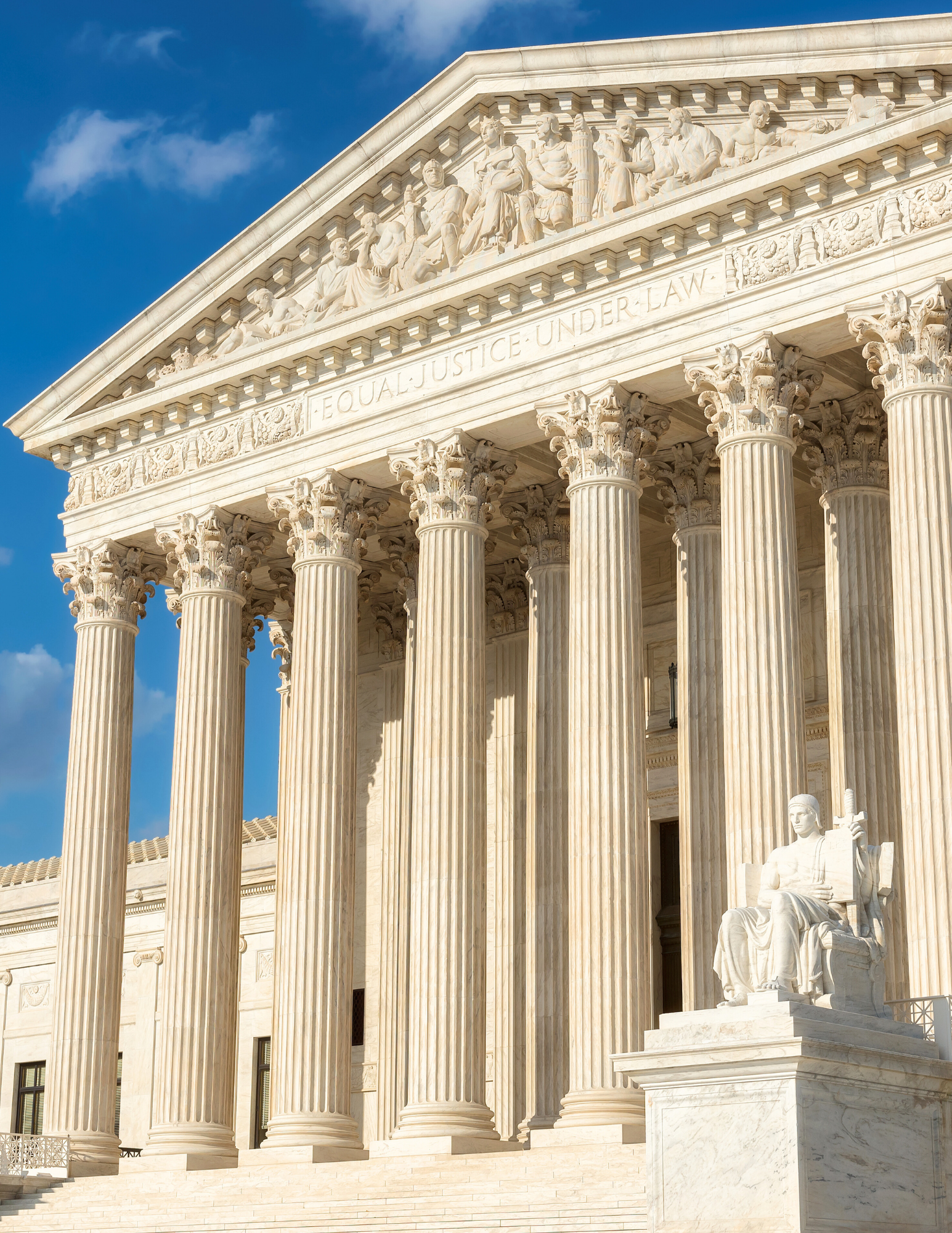Home / U.S. Climate Alliance Responds to Harmful U.S. Supreme Court Decision in West Virginia v. Environmental Protection Agency

WASHINGTON, D.C. – In response to today’s U.S. Supreme Court decision in West Virginia v. Environmental Protection Agency, the U.S. Climate Alliance issued the following statement:
“We are deeply disappointed in this regressive decision, but it only hardens our resolve to act with the boldness and urgency the climate crisis demands. At a time when we’re seeing devastating droughts, wildfires, and storms become the norm, the Supreme Court has sided with polluters at the expense of the American people,” said Alliance co-chairs Governors Hochul (NY), Inslee (WA), and Newsom (CA). “This ruling makes clear that the actions of governors and state legislatures are more important than ever before. Thankfully, state authority to curb greenhouse gas emissions has not changed. Today, we reaffirm our commitment to decarbonizing the power sector using our authority at the state level. We will continue moving forward with bold climate action in the states to protect the health and pocketbooks of the American people.”
Governors in the Alliance are leading the way in decarbonizing the power sector through ambitious state policy pathways and programs:
22 members have renewable and clean energy standards for electricity.
18 members have 100 percent zero-carbon or carbon-neutral electricity goals.
14 members have economy-wide net-zero emissions goals.
12 members participate in carbon market programs that cap emissions from power plants.
All 24 governors in the Alliance have pledged to collectively reduce greenhouse gas emissions by at least 26-28% below 2005 levels by 2025, at least 50-52% below 2005 levels by 2030, and collectively achieve overall net-zero greenhouse gas emissions as soon as practicable, and no later than 2050.
For more information on the bipartisan climate actions being deployed by Alliance states to decarbonize across sectors, see our Fact Sheet.
Launched in 2017 by the governors of Washington, New York, and California to help fill the void left by the U.S. federal government’s withdrawal from the Paris Agreement, the Alliance has grown to include 24 governors from across the U.S. representing approximately 60 percent of the U.S. economy and 55 percent of the U.S. population. Governors in the Alliance have pledged to collectively reduce net greenhouse gas emissions by at least 26-28 percent by 2025, 50-52 percent by 2030, and 61-66 percent by 2035, all below 2005 levels, and collectively achieve overall net-zero greenhouse gas emissions as soon as practicable, and no later than 2050.
The Alliance’s states and territories continue to advance innovative and impactful climate solutions to grow the economy, create jobs, and protect public health, and have a long record of action and results. In fact, the latest data shows that as of 2023, the Alliance has reduced its collective net greenhouse gas emissions by 24 percent below 2005 levels, while increasing collective GDP by 34 percent, and is on track to meet its near-term climate goal of reducing collective greenhouse gas emissions 26 percent below 2005 levels by 2025.
###